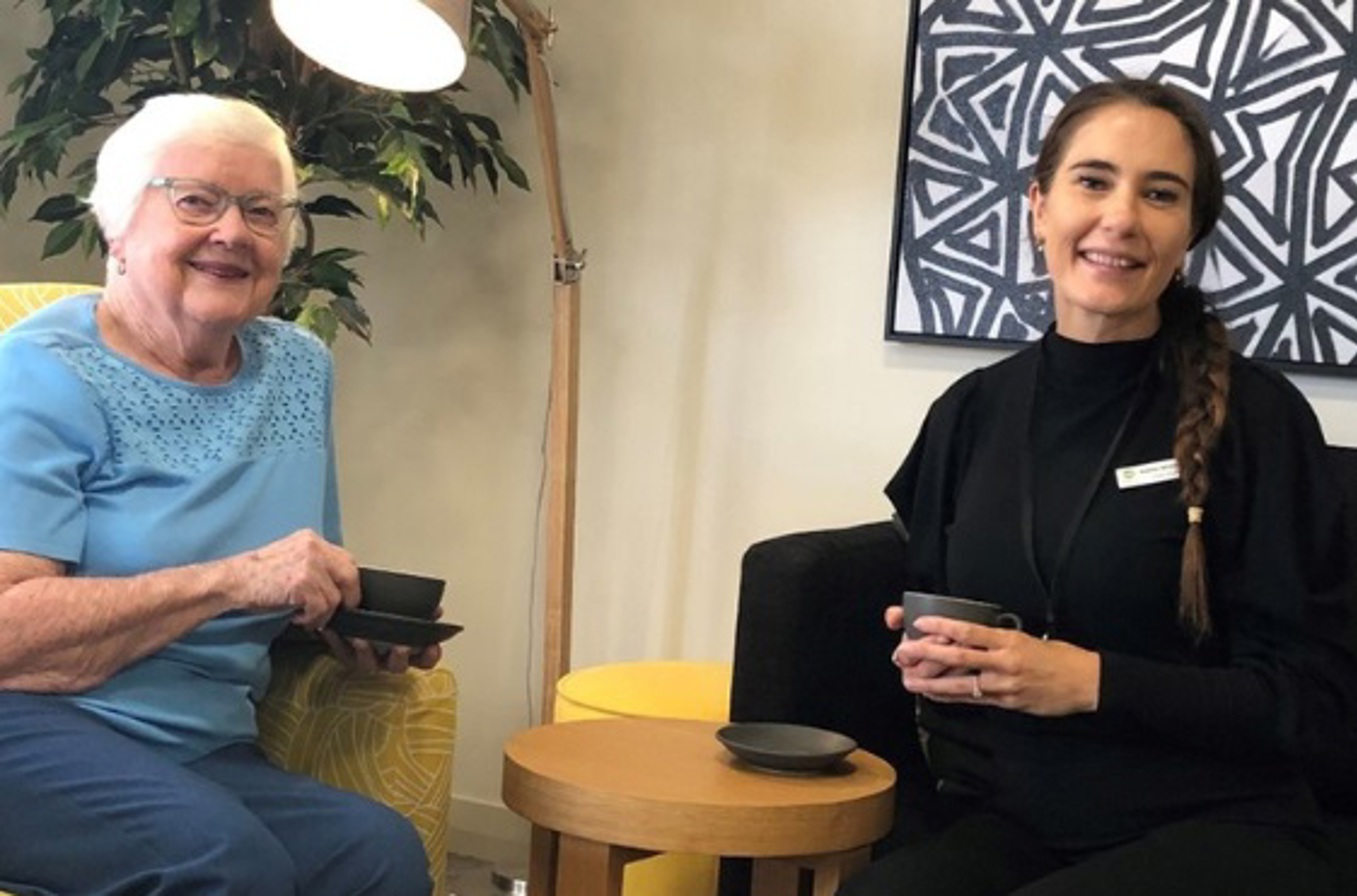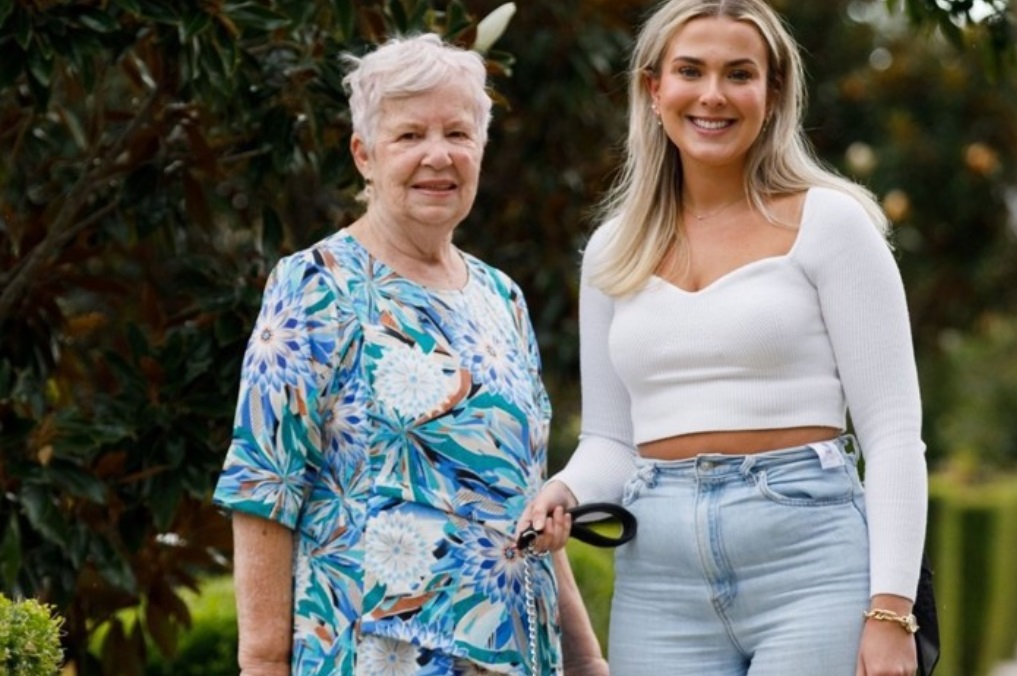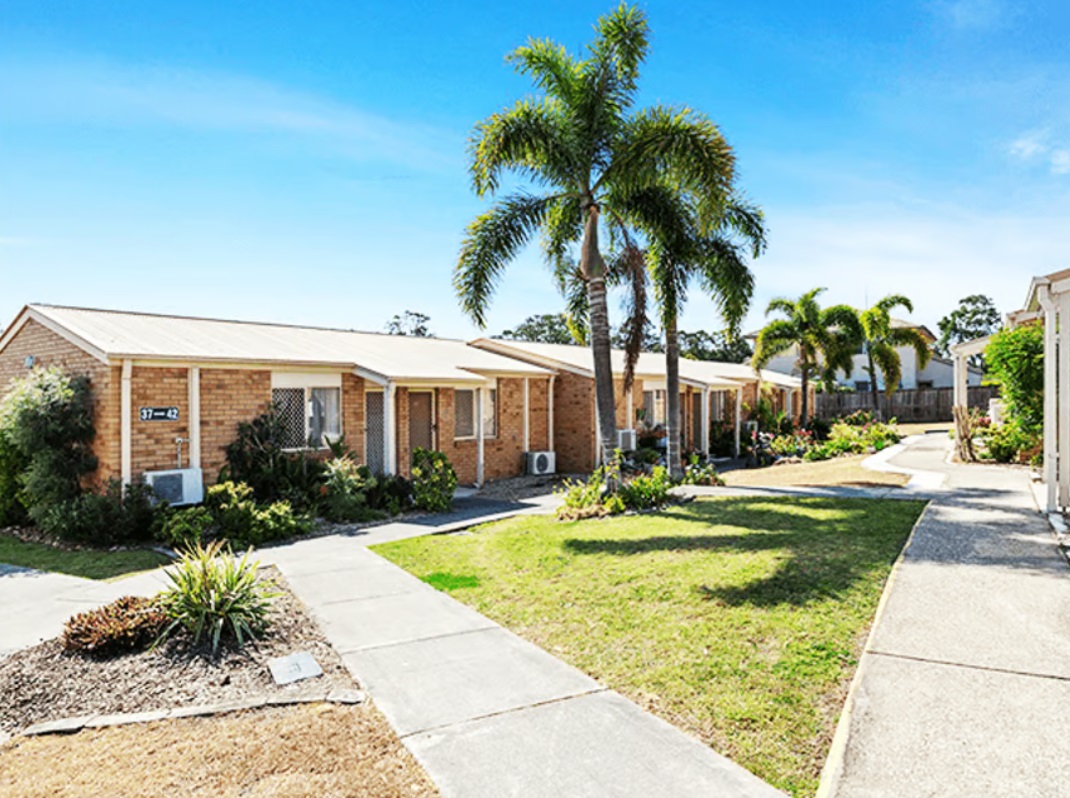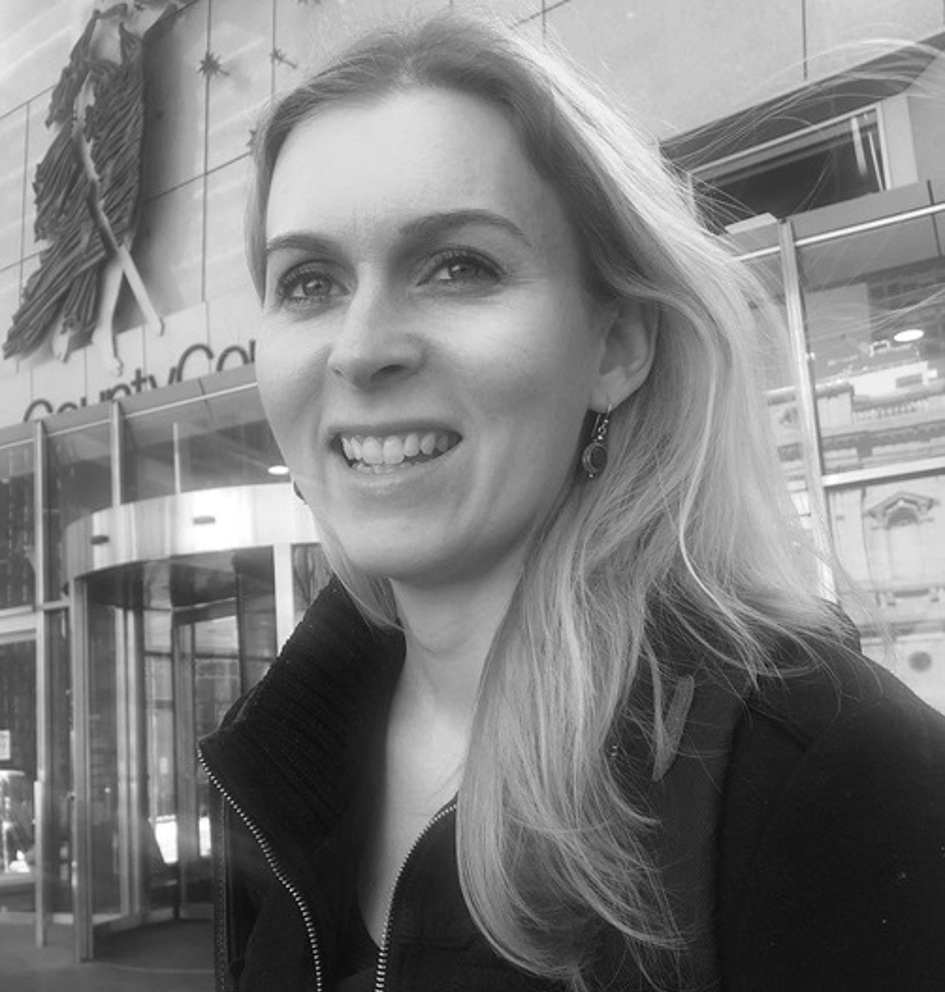Getting meals right in aged care kitchens is paramount with so many residents living with dysphagia
20/09/2024

Sam Bridgewater (pictured right), the founder of The Pure Food Co, said Malnutrition Week, 16-20 September, is an appropriate time to write about the importance of fortifying textured modified foods right in aged care kitchens, particularly with so many residents living with dysphagia.
Dysphagia, the difficulty in swallowing, affects an estimated 50-70% of aged care residents and the condition can create daily challenges, increasing the risk of choking, malnutrition, and dehydration and undermining a resident’s quality of life, turning mealtime into a potential hazard.
The prevalence of dysphagia makes food one of the most pressing challenges in aged care today, said Sam, who this month was named EY Entrepreneur of the Year - Services category in New Zealand.
"It requires careful nutrition plans, expert preparation of texture-modified foods, and a commitment to ensure that every resident receives meals that are not just safe, but also resemble what foods are supposed to look like - and are appealing to look at and enjoyable to eat," he said,
"Addressing dysphagia head-on is not just about meeting dietary needs, it's about restoring dignity, preserving health, and offering residents the comfort and nourishment they deserve.
"It also highlights why cooking in aged care is so different from other hospitality roles. The level of precision and care required transforms cooking from a purely culinary skill into a critical aspect of resident health and safety."

The challenge for aged care providers is to create meals that are not only tailored to the swallowing abilities of residents but are also visually appealing, appetising, and nutritional. It’s a level of care that requires a specialised approach, with chefs and their kitchen teams, dietitians, and speech pathologists working together to create meals that cater to every resident’s individualised dietary needs.
"Through our work with aged care facilities, we’re able to see firsthand the difference it can make for an elderly resident with diminished appetite or swallowing difficulties, to enjoy a smaller portion of texture-modified, fortified broccoli containing 2.6 times the protein of its steamed counterpart, without overwhelming the plate or their appetite,” he said.
"It’s an approach that makes sure residents get the nutrients they need in a form that's easier to eat and digest, helping them maintain muscle mass, bone health, and cognitive function."
He admits to consistently deliver texture-modified foods while achieving the necessary International Dysphagia Diet Standardisation Index level of fortification on a small scale is not without its challenges. Unlike standard meal preparation, texture-modified foods need to be carefully adjusted to ensure they are both safe to swallow and provide the right measure of nutrients. It’s a delicate balance that requires close attention to detail and goes beyond what is typically required in conventional food preparation.
"With the right infrastructure and knowledge in place, and support from experienced professionals in this space, staff can be supported in delivering an extensive variety of pureed meals that meet precise standards for texture, nutrients, portion size, and shape,” he said.
"It’s a streamlined approach that removes the compliance risks and time and stress associated with menu development and preparation, easing the workload for kitchen teams.
"And beyond meeting these clinical requirements, there’s also the dignity in presenting foods that look like what they’re supposed to be."














